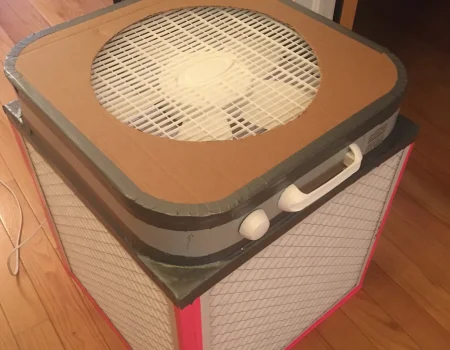
Experience and Testing Process:
For the past 8 years, we’ve tested over 100 air purifiers. After completing our tests, we often give these units to random individuals to gather feedback on their experiences.
Equipment:
Since we started, we have used various particle counters. Our favorites are the TSI 9303-01 and the 9306-V2 AeroTrak. These high-precision, professional-grade devices are used to certify air quality to OSHA standards in factories.
Focus Areas:
- Efficiency: We conduct tests in our facilities to evaluate the performance of these units. Although the most frequent test involves smoke, as it is one of the smallest particles, we also use other elements such as pet hair, dust, sawdust, and flour.
- Setup: We review the ease of working with the unit, from assembly to the initial installation of filters. In the long term, we also note how easy it is to replace these filters and maintain the unit.
- Design: Aesthetics play a crucial role when choosing any product. We pay special attention to buttons, lights, screens, shapes, and colors to ensure the air purifier fits well in any setting.
- Noise Levels: A key factor for many households, we test the noise levels both in our testing facility and in our homes.
Testing Locations:
Initially, we conducted tests in our homes, with pets and everyday situations. However, we realized that this approach limited the scope of our testing. Therefore, in early 2020, we rented a warehouse.
The “Cave”:
We call our testing facility the “Cave,” where we push air purifiers to their limits. Here, we perform tests that are not feasible at home, such as cutting wood with a chainsaw and burning it, or simulating construction activities. The ample space allows us to verify manufacturers’ claims about the square footage these purifiers can clean.
General Test Procedure:
Before starting the basic test, we measure the air quality for 5 minutes. We burn pieces of wood, ensuring they are of the same dimensions each time, and let the smoke circulate for 5 minutes. We then turn on the purifier and let it run for 30 minutes.
The purifier is placed in the center of the room (the best location for an air purifier), and the particle counter is placed at the farthest point from it. The counter records data every minute during the test.
We don’t settle for a single test. To ensure accuracy, we always perform two tests on the same unit. We test the performance in various configurations:
- Maximum Power: This setting is usually quite noisy, especially for larger purifiers.
- Maximum Power Under 50 Decibels: This setting is the highest power level that doesn’t exceed 50 decibels, which is the maximum permissible for activities like talking, watching TV, sleeping, or other common activities.
After some time (6 months, 1 year, or even 2 years), we retest these units. In these cases, we perform four tests—two with old filters and two with new filters. This provides interesting data on how performance is affected over time.
Additional Tests:
Performance tests are important, but we also consider other factors that are noticeable in daily use, such as noise levels, energy costs, and filter replacement costs. We evaluate how easy the units are to clean or handle, their design, and additional features like distracting lights.
Living with the Purifiers:
For the final test, we live with them. After testing, we give some units to our colleagues to use in their homes. Observing day-to-day performance and any issues that arise provides valuable insights.
